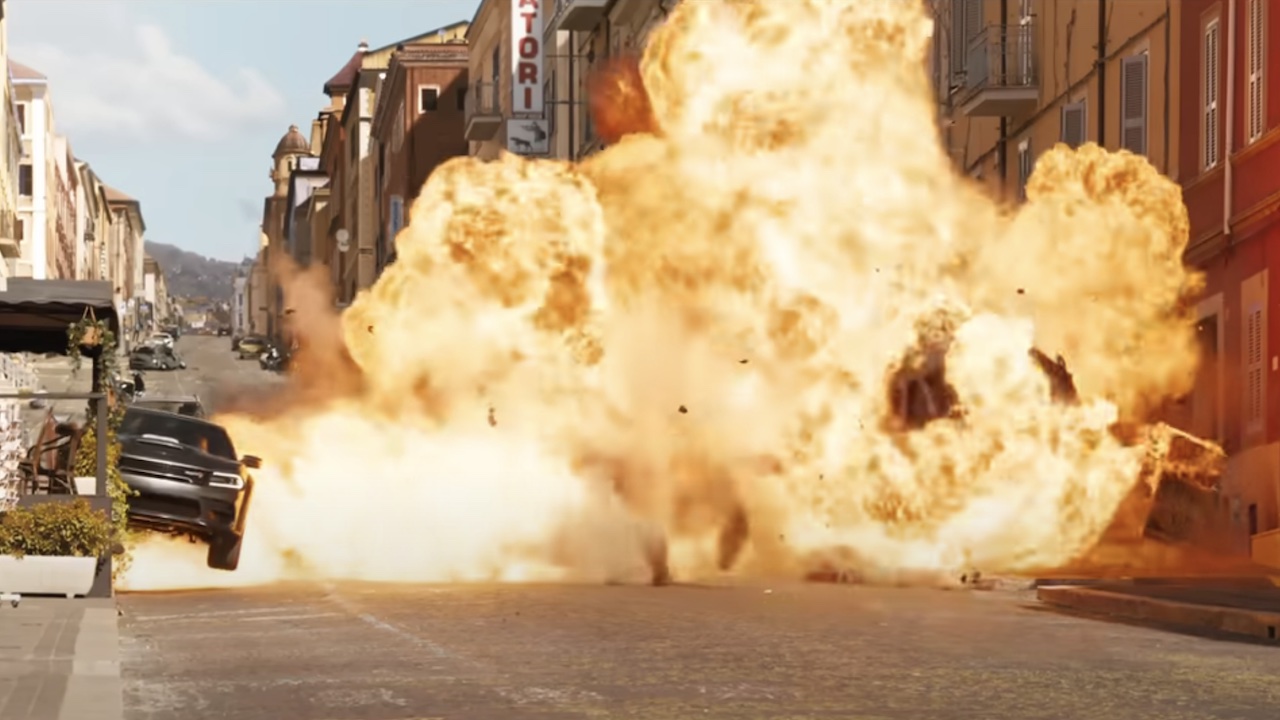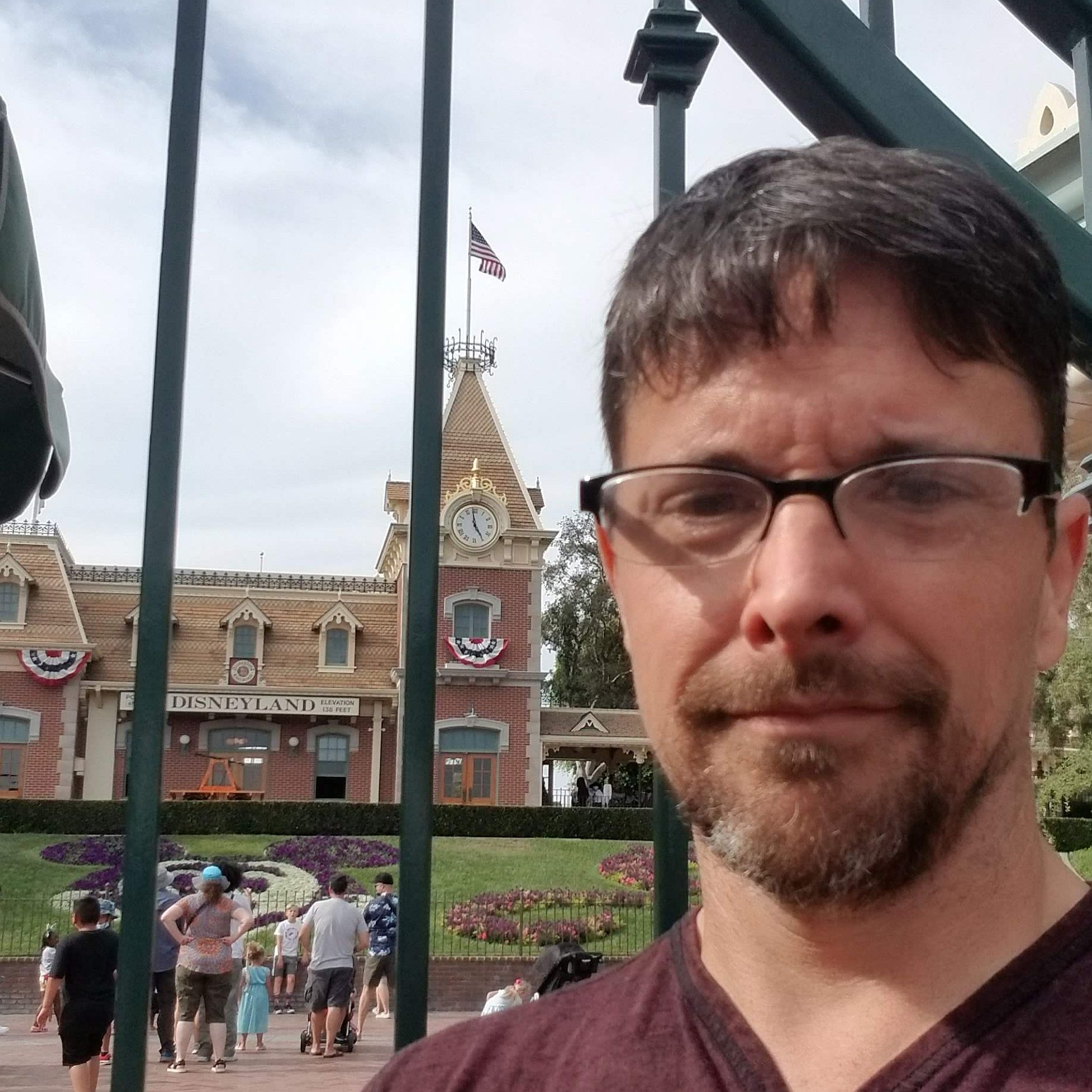Fast X’s Director Reveals How Much Of That ‘Giant Bomb’ Rolling Scene Was Done Practically, And His Answer Is Shocking
One of Fast X's wildest scenes had less CGI than you think.

The following contains minor spoilers for Fast X, as revealed to CinemaBlend's Reelblend podcast.
These days digital effects in movies have become so good that literally, anything can happen. It can often be difficult to tell what in a movie was done digitally versus practically, but a good rule of thumb is that the more difficult something would have been to do practically, the more likely it wasn’t. Of course, all bets are off when it comes to the Fast & Furious franchise. It turns out that Fast X actually did roll a flaming ball of death down the streets of Rome, as director Louis Letterier revealed to us.
The first significant action set piece, which can also be seen in the Fast X trailer, takes place in Rome when Dominic Toretto and company have to race to prevent a giant bomb from exploding and destroying the Vatican. Because this franchise is not subtle. The bomb gets loose and starts to roll through the streets and the family chases after it trying to use their cars to stop it.
Considering the scale of the sequence, and the fact that we’re talking about a classical city with a lot of history, I certainly assumed a lot of this was done with CGI, but director Louis Letterier told our own Reelblend Podcast that a great deal of the sequence was done practically. He explained…
Apart from a giant explosion destroying Rome, most of it was done for real. It's just a mix of different elements that were put together. One thing that really was complex, and done practically, was that (a) giant bomb rolled down the streets of Rome. It was a one ton – obviously not a bomb. But we recreated a one ton metal ball that was rolled down the ancestral city, where everything is perfect and cannot be rebuilt. And we had to … we had cables holding it and everything. But frankly, we could not miss the stunt. And the only thing to really stop it was that car, was Dom's charger. And we did it for real! We set it up. We set it on fire. We blew up gas stations. All that stuff was done for real, in Rome. They gave us the key to the city. The town government, the city of Rome, and the mayor just opened their streets to us and just said, ‘All right, go ahead. Create magic! But don't break anything.’
The simple fact that the stunt had to be executed so perfectly is usually precisely the sort of reason that a film might instead choose to go the CGI route. Things can be much more forgiving, and there’s no chance of accidentally breaking things in an ancient city if you do it all in a computer. Instead, Fast X opted to go the practical route and from what the director told us, he seemingly has no regrets.
To note, the Fast & Furious franchise certainly hasn’t been afraid to use CGI when necessary, and with some of the more outrageous sequences, it becomes clear that’s what is happening. I'm fairly certain they didn't really go to space in F9. But considering the street racing origins of the series, a lot of what was done in the early films was done practically, and it’s nice to see them continuing to make things “real” whenever possible.
With at least one more Fast & Furious movie on the way, and possibly two more Fast X sequels according to Vin Diesel, we can look forward to a lot more action of both the practical and CGI variety. Louis Letterier is set to return for Fast & Furious 11, so we can guess that his desire to do practical action will as well. If we can't tell the difference, then that means everything worked out.
Your Daily Blend of Entertainment News

CinemaBlend’s resident theme park junkie and amateur Disney historian, Dirk began writing for CinemaBlend as a freelancer in 2015 before joining the site full-time in 2018. He has previously held positions as a Staff Writer and Games Editor, but has more recently transformed his true passion into his job as the head of the site's Theme Park section. He has previously done freelance work for various gaming and technology sites. Prior to starting his second career as a writer he worked for 12 years in sales for various companies within the consumer electronics industry. He has a degree in political science from the University of California, Davis. Is an armchair Imagineer, Epcot Stan, Future Club 33 Member.
